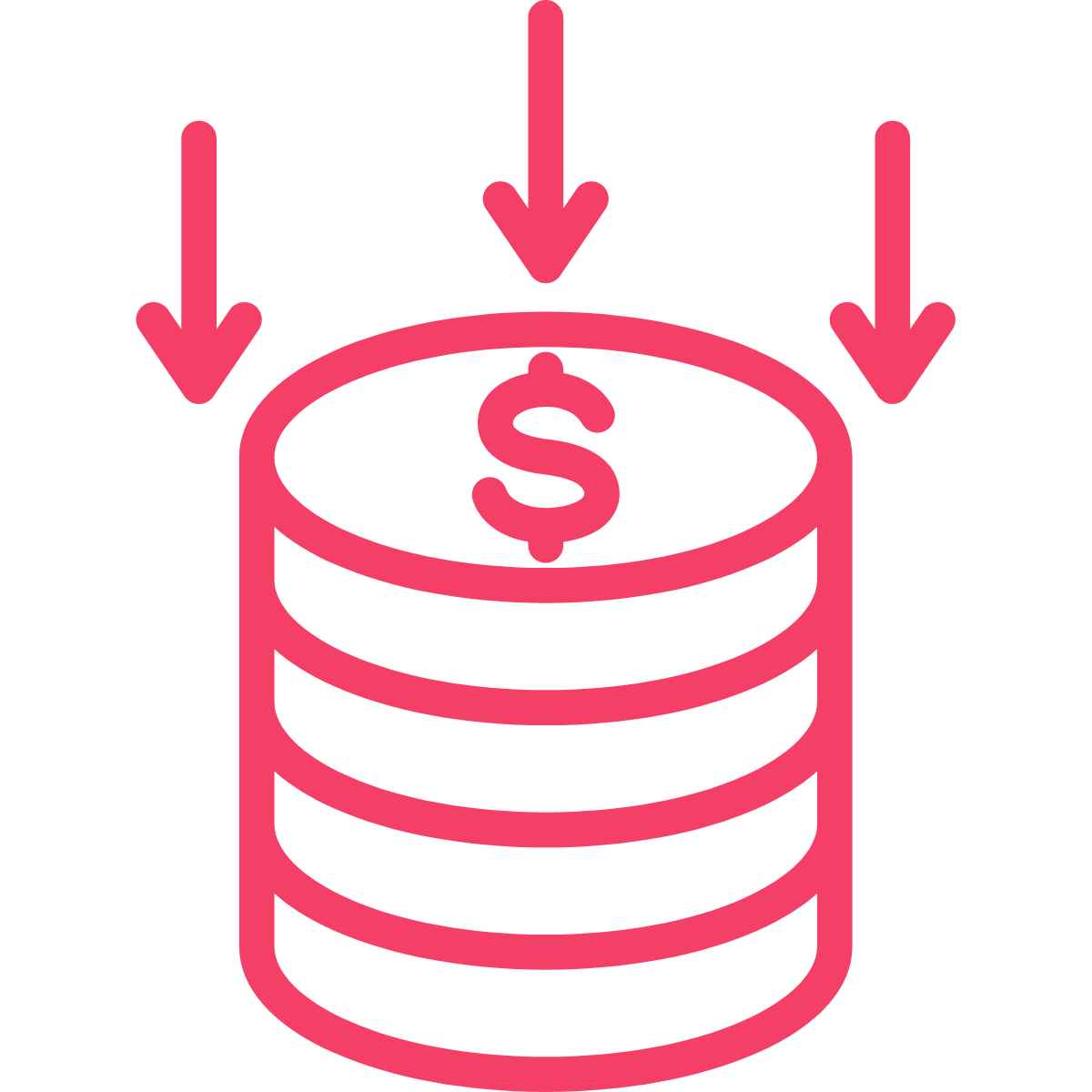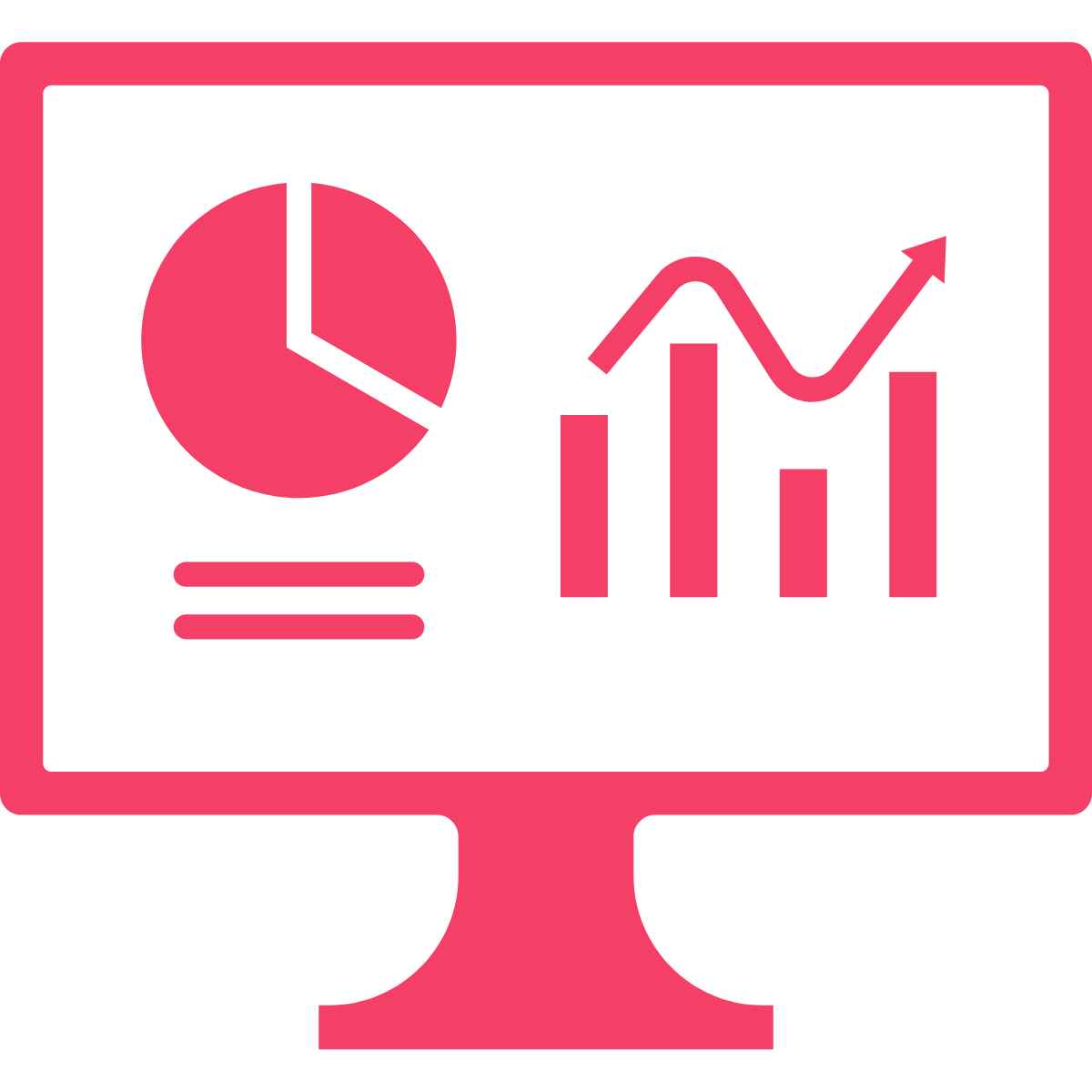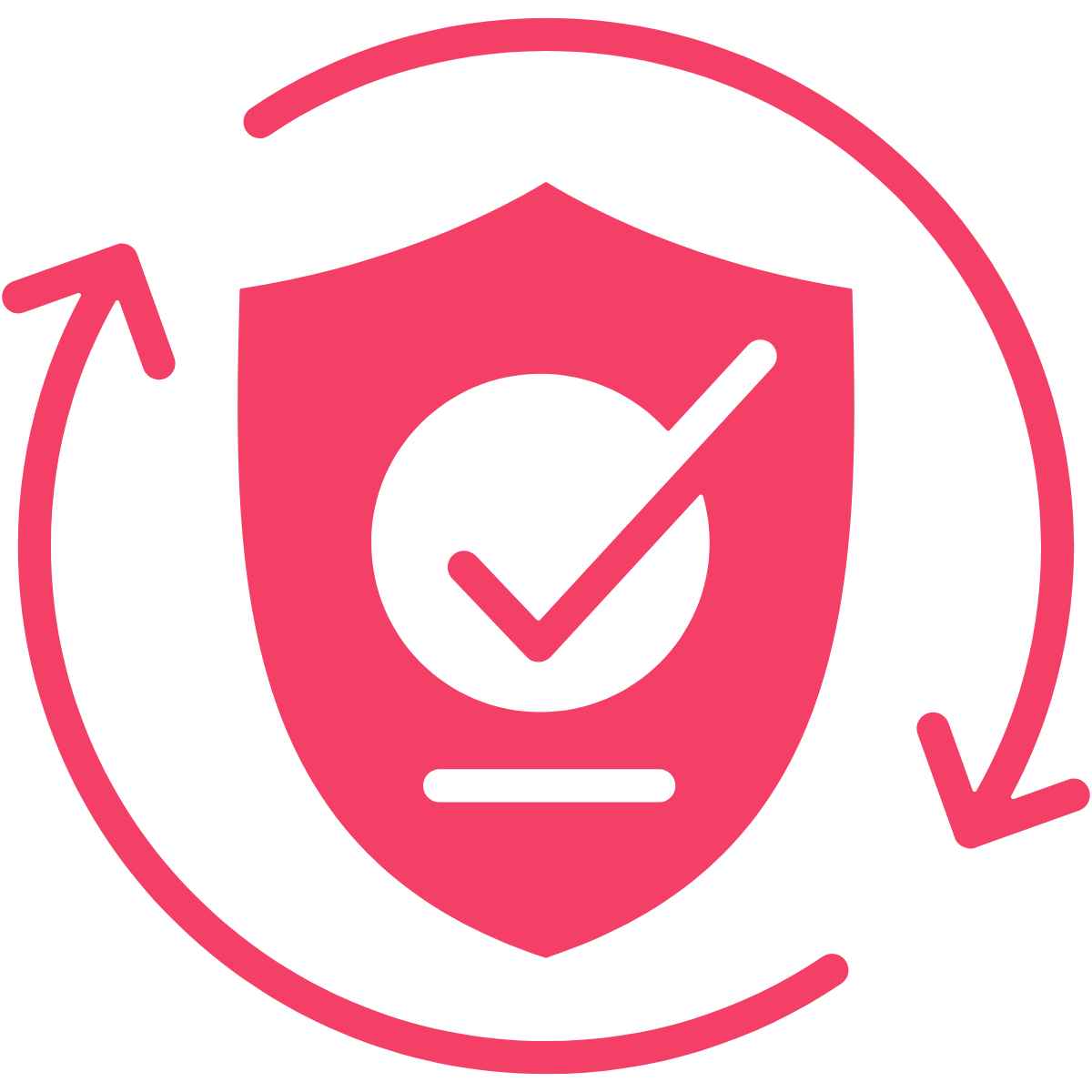The demand for energy-efficient buildings is steadily increasing due to a confluence of factors, including stricter government regulations, rising electricity costs, and a growing corporate focus on sustainability goals.
With modern building equipments guzzling substantial amounts of energy, it’s vital to track the consumption to curb wastage. Since buildings consume energy from various sources, a centralized monitoring system is necessary. Furthermore, real-time indoor air quality and humidity monitoring are essential to ensure occupant comfort. IoT helps address this challenge by providing a platform to monitor energy usage and environmental conditions within buildings. Let’s explore the features of utilities and environment monitoring and its benefits.
Table of Contents
ToggleUtilities Monitoring
Utilities monitoring refers to tracking and analyzing energy consumption in a building from various sources such as electricity, water, and gas to understand usage patterns, identify areas of inefficiency, and implement strategies to optimize energy usage and reduce costs. According to the World Economic Forum, buildings are responsible for 40% of global energy consumption and 33% of greenhouse gas emissions. IoT-powered utilities monitoring systems provide building managers with real-time insights into energy usage to enhance efficiency and sustainability. Utilities monitoring covers the following:
1. EB Mains/ Incomers Monitoring – Mains/Incomers monitoring includes comprehensive energy consumption tracking from primary sources like EB mains, diesel generators, and solar panels. With IoT-powered systems, building managers can perform daily consumption monitoring and benchmarking, allowing for a better understanding of usage patterns and opportunities for optimization. Furthermore, these systems also keep electrical health in check by analyzing parameters such as current unbalance, power factor, and voltage. IoT solutions provide real-time insights into system performance and efficiency by monitoring the total harmonic distortion (THD) for voltage & current and the maximum demand.
2. Water & Gas Consumption Monitoring – Water and gas monitoring are other components of utilities monitoring, providing insights into resource consumption and enabling efficient practices. IoT-powered systems allow for daily consumption monitoring, offering detailed data on water and gas usage per occupied or available room.
Environment Monitoring
Environment monitoring involves continuous analysis of various parameters in a building, like temperature, humidity, carbon dioxide, etc., which is essential for ensuring indoor air quality and occupant comfort. IoT technology plays an important role in environment monitoring by enabling real-time data collection and analysis. For instance, according to ISHRAE, the recommended CO2 level inside buildings should not exceed 700 parts per million (ppm). IoT sensors can continuously monitor CO2 levels and other pollutants, alerting building managers to avoid potential health issues and maintain optimal indoor air quality. Some features of environment monitoring are:
1. Monitoring Indoor Air Quality – IoT systems enable comprehensive IAQ monitoring by tracking various parameters such as relative humidity, carbon dioxide (CO2) levels, air quality index (AQI), ozone concentration, and total volatile organic compounds (TVOCs). IoT systems monitor these air quality factors in real time, providing valuable insights into indoor environmental conditions. Additionally, IoT-powered systems can implement AQI and CO2-based fresh air control to ensure optimal indoor air quality while reducing energy consumption.
2. Monitoring Zone Temperatures – Monitoring the zone temperatures inside a building is crucial to maintain optimal occupant comfort. IoT-powered systems address this by continuously monitoring the return air temperature of AHUs or individual zones within a building. These systems can automatically adjust set points to ensure the indoor temperature remains within the desired range, minimizing energy consumption while maximizing comfort levels.
Benefits of IoT-Powered Utilities and Environment Monitoring

1. Enhanced energy efficiency: IoT-powered utilities monitoring allows real-time energy consumption tracking from various sources, enabling organizations to optimize usage and reduce wastage.

2. Cost Savings: Building managers can achieve significant cost savings on utility bills and operational expenses by identifying inefficiencies and implementing energy-saving measures based on insights from IoT monitoring systems.

3. Centralized Dashboard: IoT systems provide a centralized dashboard with insights on energy usage and environmental conditions, along with alerts and automated reports for informed data-based decision-making.

4. Compliance Assurance: With IoT monitoring systems, organizations can ensure compliance with energy regulations and environmental standards by continuously tracking and reporting on related key performance indicators.

5. Enhanced Occupant Comfort: By monitoring indoor air quality and environmental conditions in real time, building managers can create healthier and more comfortable indoor environments for occupants, improving productivity and customer satisfaction.
As we move towards the era of smart buildings, the significance of IoT-powered utilities and environment monitoring will continue to grow. The ZenConnect platform provides real-time energy usage and environmental conditions monitoring throughout the building. The centralized dashboard aggregates data from IoT devices, providing valuable insights, alerts, and automated reports. Through this approach towards utilities and environment monitoring, we pave the way for an energy-efficient and sustainable future.
